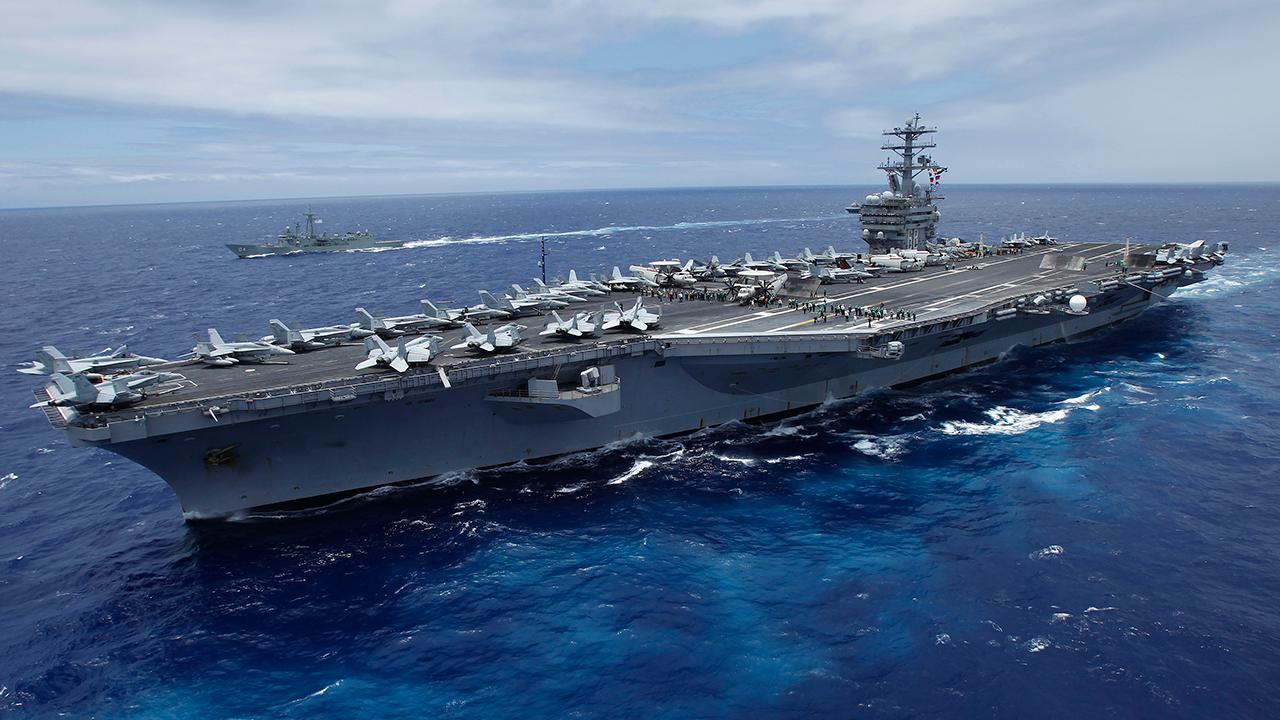

Although EU member states were initially highly motivated to volunteer to fill up the roster, the fact that participating member states have to cover their own costs, which especially burdened the smaller states, has made them more reluctant.

#Us carrier battle group minecraft full
Early development (2005–2015) Irish Mowag Piranha during an exercise in 2010įrom 1 January 2005 the Battlegroups reached initial operational capacity full operational capacity was reached on 1 January 2007. The plan was approved by all groups in 2004 and in November that year the first thirteen Battlegroups were pledged with associated niche capabilities. They would concentrate on bridging operations, preparing the group before a larger force relieved them, for example UN or regional peacekeepers under UN mandate. These would be principally in response to UN requests at short notice and can be rapidly tailored to specific missions. The document proposed a number of groups based on Artemis that would be autonomous, consisting of about 1500 personnel and deployable within 15 days. On 10 February 2004, France, Germany and the United Kingdom released a paper outlining the "Battlegroup concept". It called specifically for "Battlegroup sized forces of around 1500 land forces, personnel, offered by a single nation or through a multinational or framework nation force package".

The following Franco-British summit in November of that year stated that, building on the experience of the operation, the EU should be able and willing to deploy forces within 15 days in response to a UN request. Its success provided a template for the future rapid response deployments allowing the idea to be considered more practically. Operation Artemis in 2003 showed an EU rapid reaction and deployment of forces in a short time scale – with the EU going from Crisis Management Concept to operation launch in just three weeks, then taking a further 20 days for substantial deployment. The idea was reiterated at a Franco-British summit on 4 February 2003 in Le Touquet which highlighted as a priority the need to improve rapid response capabilities, "including initial deployment of land, sea and air forces within 5–10 days." This was again described as essential in the "Headline Goal 2010". The Council produced the Headline Goal 2003 and specified the need for a rapid response capability that members should provide in small forces at high readiness.

The initial idea to create EU multinational roughly battalion-sized combined arms units was first publicly raised at the European Council summit on 10–11 December 1999 in Helsinki. History įurther information: History of the Common Security and Defence Policy Background (1999–2005) In 2004, United Nations Secretary-General Kofi Annan welcomed the plans and emphasised the value and importance of the Battlegroups in helping the UN deal with troublespots. The troops and equipment are drawn from the Member States of the European Union under the direction of a "lead nation". They were developed from existing ad hoc missions that the European Union (EU) had undertaken. The Battlegroup initiative reached full operational capacity on 1 January 2007, but, as of October 2022, they had yet to see operational service. Two of the battlegroups were declared to be capable of being assembled for operational deployment at any one time. Often based on contributions from a coalition of member states, each of the eighteen Battlegroups consists of a battalion-sized force reinforced with combat support elements (1,500 troops). An EU Battlegroup ( EU BG) is a military unit adhering to the Common Security and Defence Policy (CSDP) of the European Union (EU).


 0 kommentar(er)
0 kommentar(er)
